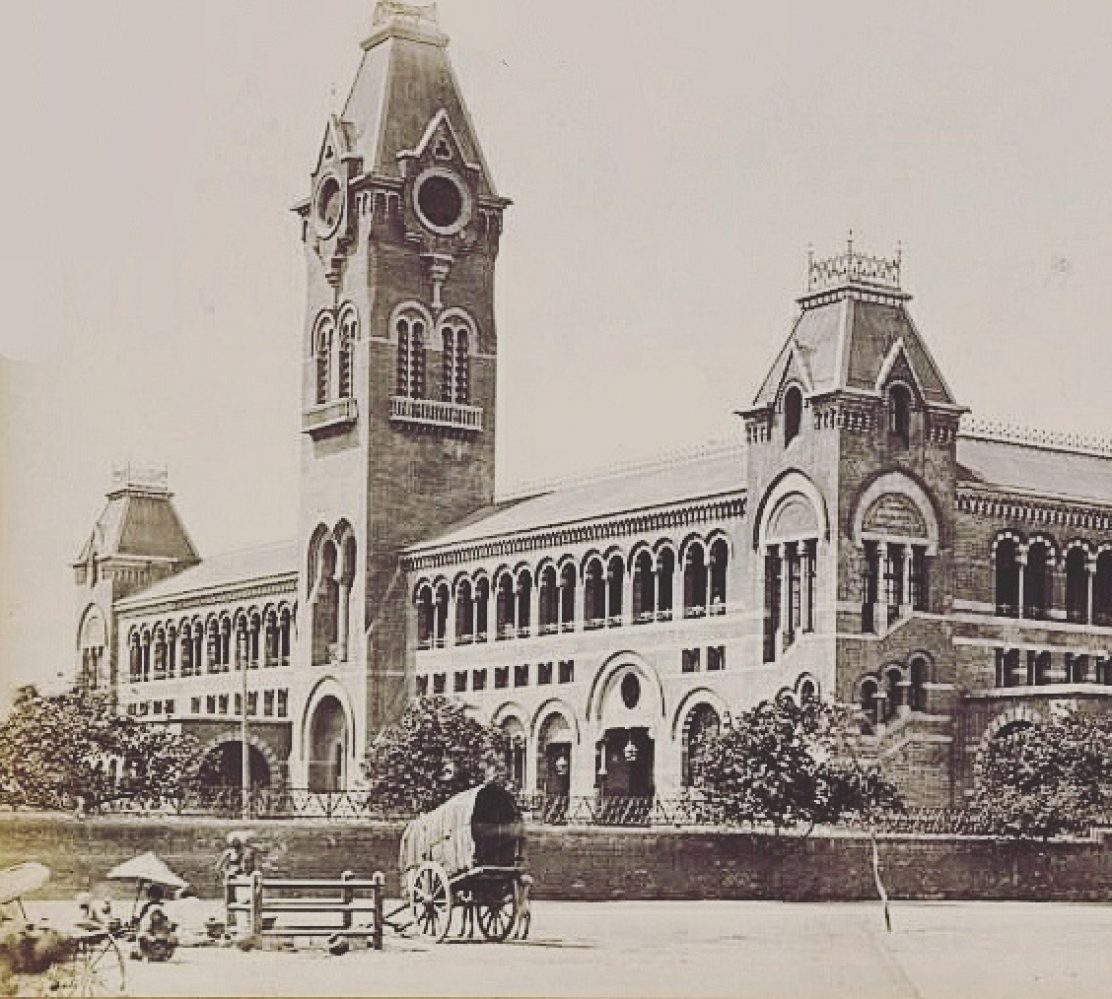Mylapore is one part of Chennai that is always in the festive mood owing to the innumerous temples that dot this area. But one of the most celebrated ancient saivite temple has to be the Kapaaleeswarar temple.
Earlier it was claimed that the temple was built in 7th century by Pallava kings who were visited by the great 4 saivite saints Tirugnanasambandhar, Appar. The temple also finds a mention in Arunagirinathar’s Thirupugazh but it clearly states the temple as being on the sea shore. Hence there is uncertainty as to if the temple was destroyed by portugese settlers in 15th century to build Santhome church or by sea erosion which made them shift the temple inwards. The present temple is said to be only 300 years old built by the Vijayanagara kings using some of the fragmentary inscriptions of the old temple.
The famous temple tank on the west side was built in the 18th century by Nawabs of the Carnatic and in recognition muslims were allowed to use it during Muharram. The temple’s spectacular 120 feet tall gopuram was built in 1906 with stucco figurines to narrate the important puranic legends.
Despite the chronological ambiguity the temple has turned out to be much more than just a place of worship. Today the temple is a cultural center in the heart of mylapore. The Aruvathimoovar festival and float festival are sought after by people of from all parts of the country.
Photo:Delcampe
Source: Madras Rediscovered | S.Muthiah


